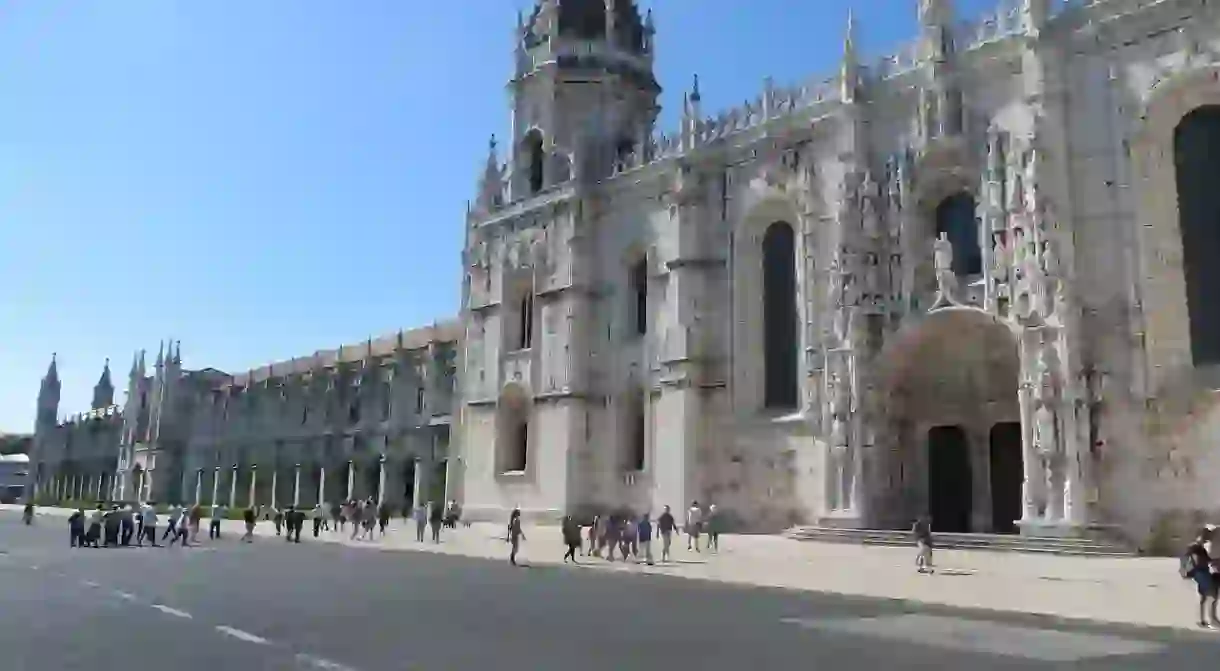Where to Find the Best Manueline Architecture Across Portugal

It may be surprising to learn that many of Portugal’s most beautiful buildings are the result of an artistic movement that only lasted about 30 years at the turn of the 15th and 16th centuries. Named after King Manuel I (who reigned from 1495 to 1521), the Manueline style bridged a small space in time between the European Gothic and Renaissance periods, yet its memory has lasted for centuries and even left its mark globally.
At first glance, it may not be easy to know which buildings were influenced by the Manueline style, but if you look more closely, a few patterns may soon emerge. Influenced by the Age of Discoveries, it resembles Gothic styles, but the combination of symbols and structures reflect key characteristics during that time, especially nautical designs and emblems. While visiting a few of the following landmarks, try to find symbols for anchors, rope, and some instruments used in navigation, such as the armillary sphere (which is also a standout feature on the Portuguese flag).
In addition to maritime symbology, the Manueline style also incorporated symbols pertaining to Christianity, with crosses especially favored. Pillars, semi-circular archways, and floral patterns were also popularly used.
There is no other architectural style in the world quite like the Manueline, and its beauty dots Portugal from north to south. One of the very first buildings constructed in this style was the Monastery of Jesus in Setúbal, less than an hour south of Lisbon.

Unfortunately, the Lisbon Earthquake of 1755 demolished many landmarks in the capital, but a few unique examples still stand today. The Church of Nossa Senhora da Conceição Velha is down the street from the famous Praça do Comércio square in downtown Lisbon. It will only take a few minutes to stroll down to the entrance of the church, where you can gaze up at this unique work of art.

More famous examples of Manueline architecture near Lisbon lie in Belém, specifically the Jerónimos Monastery and the Belém Tower. The former was built specifically in honor of the voyages taken and discoveries made during Portugal’s navigations in the 15th century, while the latter was constructed as a fortification and used to protect the coast from invasions. Both are popular tourist attractions today and offer tours.


When visiting the center and northern regions of Portugal, tourists will get to walk through more beautiful architectural masterpieces. It is often stated that the Convent of Christ, in the city of Tomar, and the late 14th-century Batalha Monastery portray some of the most stunning Manueline design work. The latter building was mostly erected before the Manueline style existed, but additional chapels were built later.


Hints of Manueline art and architecture are also in Braga, Coimbra, the Azores, and Madeira, as well as in North Africa, Brazil, Goa and other regions that were once colonies.













